Wiring the brain, one synapse at a time
Joris de Wit on tech that makes hard questions doable
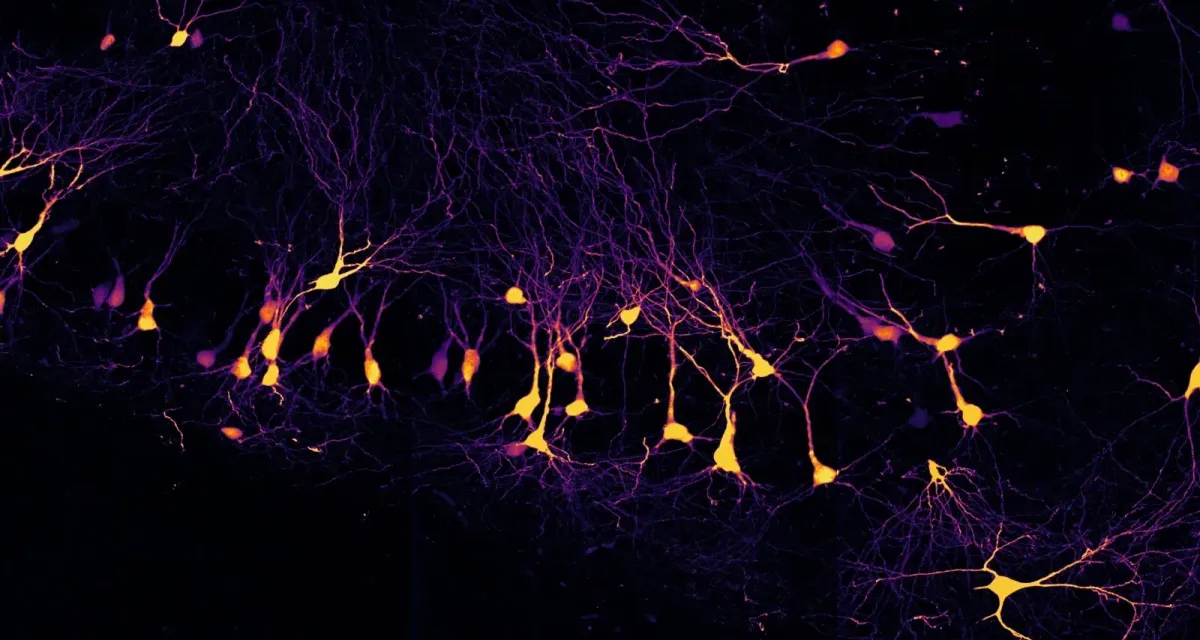
As deputy director at the VIB-KU Leuven Center for Brain & Disease Research, Joris de Wit has spent the past few years thinking about technology twice over. Strategically with the center expertise units and VIB Technologies, and practically at the bench in his own lab. The two roles feed each other.
De Wit’s scientific focus is the hippocampus, where pyramidal neurons receive inputs that are neatly arranged in space. That order makes a daunting question tractable: how do synapses acquire distinct identities and functions along a single neuron?
Cell-surface interactors (pairs of transmembrane proteins that bridge pre- and postsynaptic membranes) both stick synapses together and organize the postsynaptic machinery. Single-cell RNA-seq suggests each neuron expresses its own combination of these molecules, a kind of molecular code. Reading that code at the protein level in vivo is the hard part.
A pipeline for synapse specificity
The lab’s answer is a stitched-together pipeline that leans heavily on tech expertise. First came a developmental single-cell atlas of the hippocampus at four postnatal stages, analyzed with SCENIC+ to reveal waves of transcription factor activity. Some factors activate targets early, others much later, and a few act as repressors early on, switching off when the time is right. That timing logic helped the team decide which proteins were most worth chasing at synapses.
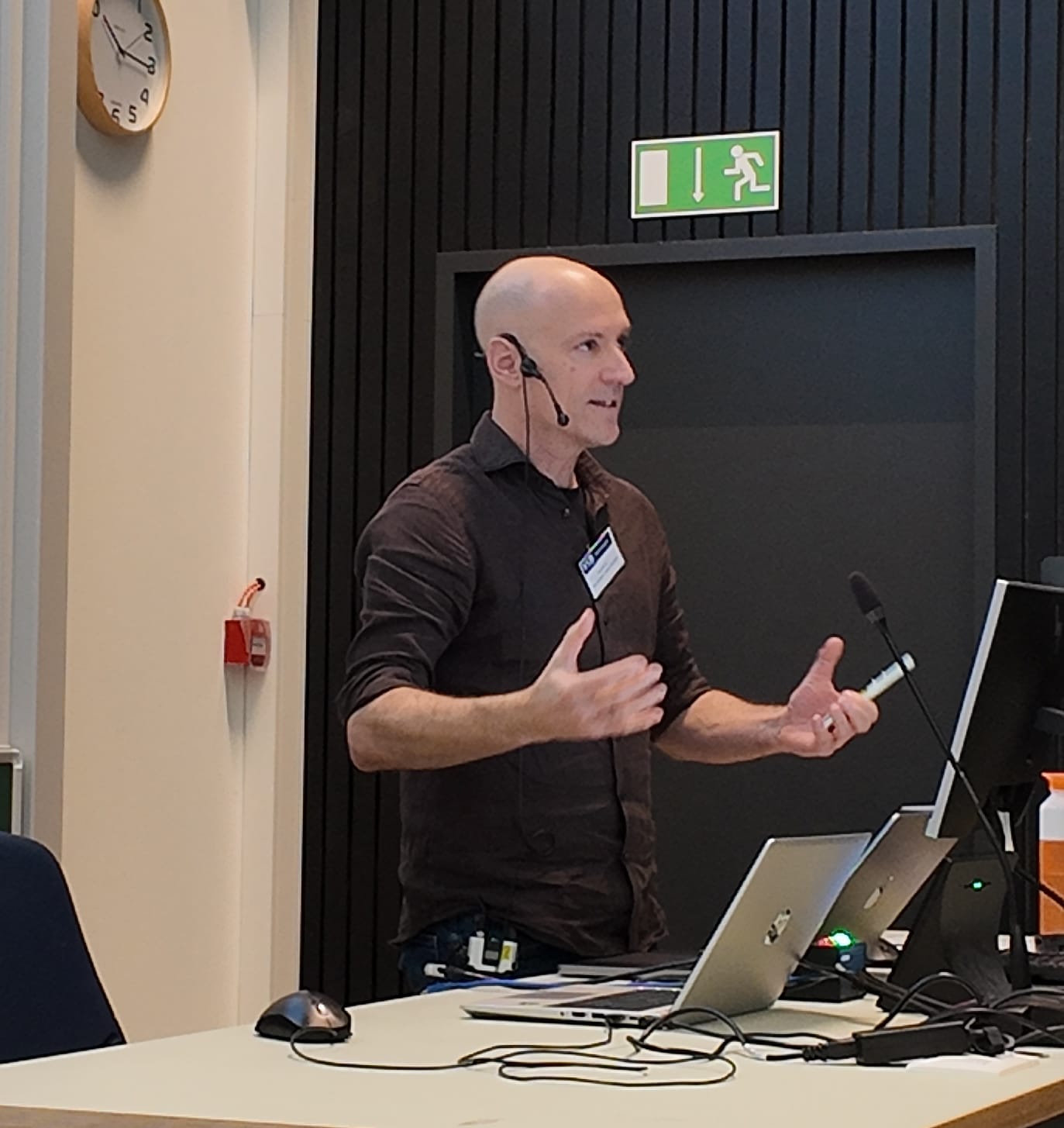
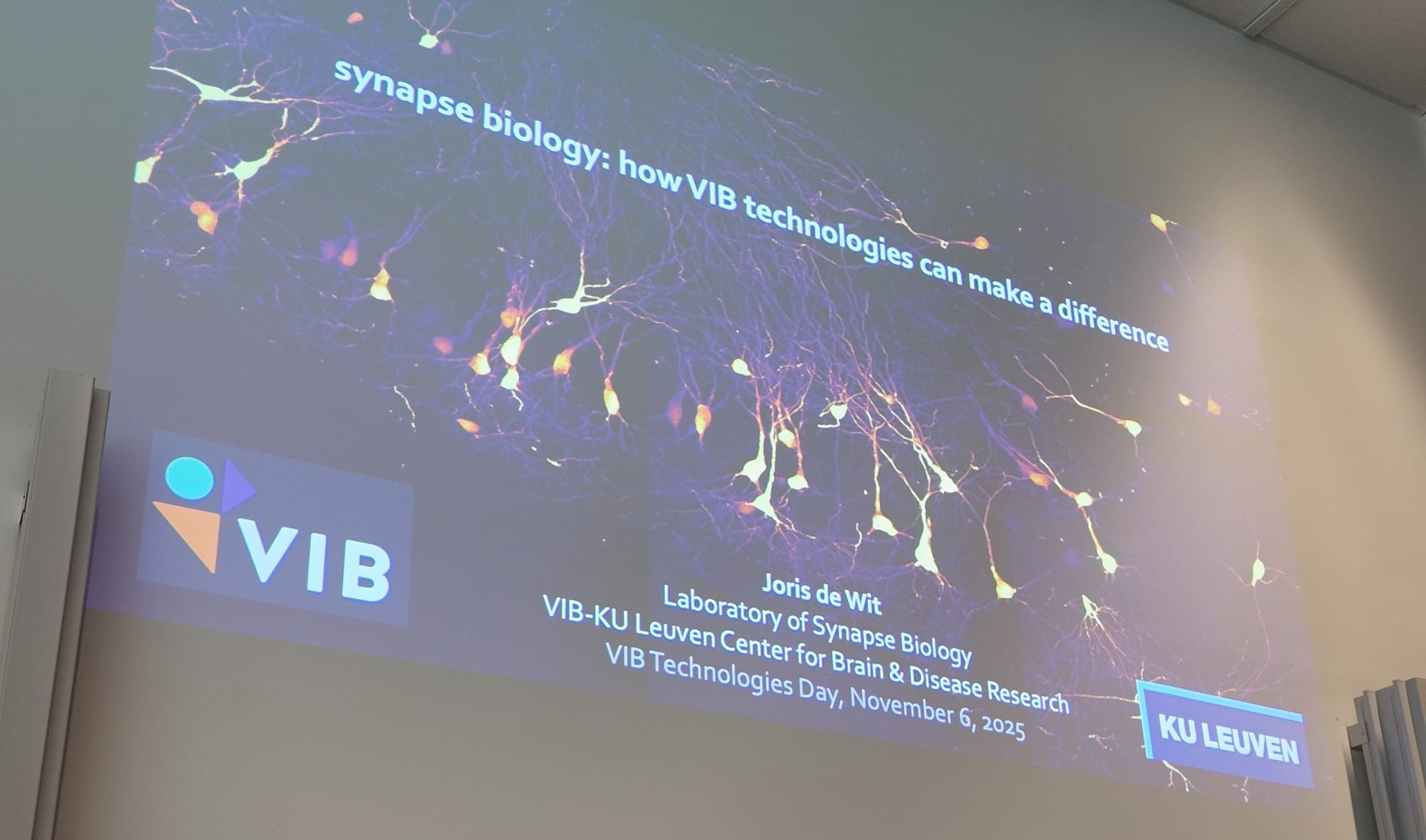
Joris de Wit gave a talk about how VIB Technologies made a difference in studying synapse biology at the VIB Technologies Day 2025 in Leuven
Next, they moved from transcripts to proteins using proximity biotinylation targeted to the excitatory postsynaptic density and read out by mass spectrometry. To check spatial accuracy, they anchored the chemistry to two nanoscale landmarks: PSD95, closer to the synaptic cleft, and Homer1, deeper in the postsynaptic density. The partner proteins separated cleanly, and differential enrichments lined up with super-resolution imaging. “We can now profile synaptic composition with nanoscale fidelity in vivo, without imaging each target one by one,” de Wit said.
With that confidence, they asked a more specific question: do inputs that arrive at different dendritic zones carry different proteomic signatures? By micro-dissecting those zones and running the same workflow, they found characteristic mixes of scaffolds, channels, and modulators for each input.
“A neuron isn’t a bag of transcripts,” de Wit noted. “We now have an approach that will allow us to really start cracking the molecular code of synapses.” Importantly, it meets all the requirements lined up at the start: cell-type and input-type specific, but also minimally invasive and broadly applicable.
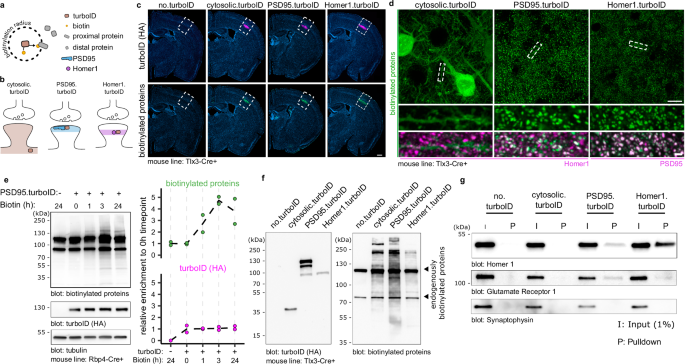
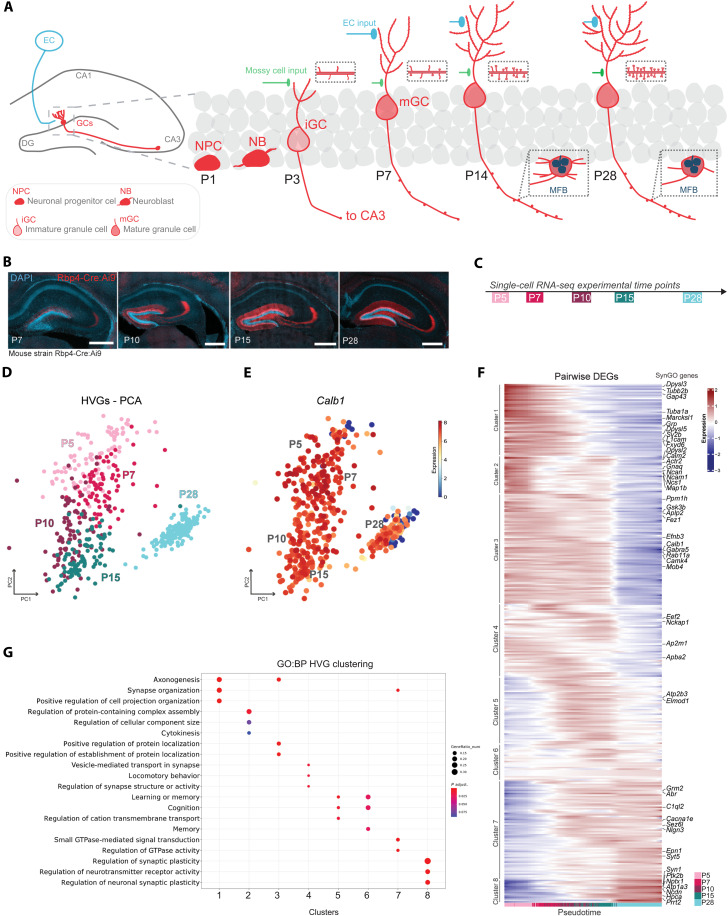
Powered by the instruments and expertise at the VIB Flow Core, VIB/CBD Bioimaging Core, VIB Nucleomics Core, and VIB Single Cell Core
What it takes
Setting up the methodology took six years and became the main focus of at least three people in the lab. “It always gets more challenging than you think,” de Wit said. “We had many failed attempts before it worked. Sample prep was the biggest bottleneck.” Having local proteomics expertise through the Leuven Metabolomics Core proved a game changer for speed and iteration.
As deputy director responsible for technology within the Center, de Wit worked very closely with the local expertise units, but also with VIB Technologies’ core heads and leadership, and experienced the value far beyond his own lab’s projects.
“We’ve built something here at VIB that we can be proud of,” he says.
“Every time a scientific advisory or evaluation board visits, they are amazed by how we integrate technology.”
After seven years in the role, de Wit is handing the baton to Joost Schymkowitz, who steps in as deputy director, steering the VIB-KU Leuven Center for Brain & Disease Research’s technology agenda.
“It’s a strong platform to build on,” de Wit notes. “We consistently punch above our weight in Europe, both in output and in impact. The near term will require smart prioritization, because with the current economy, budgets won’t grow like they did before.”
The challenge will be to keep innovating and delivering with laser focus.
“VIB’s technology ecosystem is a unique and precious resource. We should not take it for granted.”

